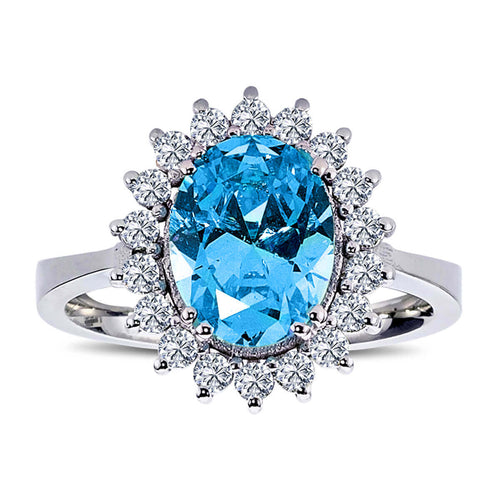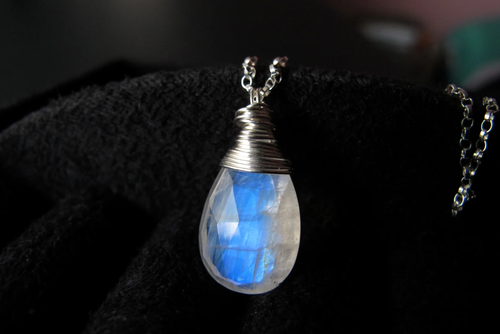ALL PRODUCTS IGSL INTERNATIONAL CERTIFIED
The interaction of natural stones with magnets depends on the magnetic elements they contain, such as iron, nickel, and cobalt. Some natural stones that exhibit magnetic properties are:
1. Magnetite
- Properties: Magnetite is the strongest magnetic mineral found in nature. It is usually found in black or dark gray color.
- Interaction with Magnet: Magnetite is strongly attracted by magnets and can create its own magnetic field. Therefore, it can act as a magnet and attract iron particles.
- Usage: Used in scientific research, jewelry making, magnetic therapies.
2. Hematite
- Properties: Hematite is a mineral containing iron oxide and is usually reddish brown in color. It also occurs in a shiny, metallic gray form.
- Interaction with Magnets: Hematite generally has a weak magnetic effect, although hematite containing magnetite may have a stronger magnetic effect.
- Usage: Jewelry making, artistic objects, iron production.
3. Ilmenite
- Properties: Ilmenite is a mineral containing iron titanium oxide and is usually found in black or gray color.
- Interaction with Magnets: Ilmenite exhibits weak magnetic properties and can be slightly attracted to a magnet.
- Usage: Titanium production, pigment production, geological exploration.
4. Pyrrhotite
- Properties: Pyrrhotite is a mineral containing iron sulfide and is usually found in bronze or yellowish brown color.
- Interaction with Magnet: Pyrrhotite has weak magnetic properties and can be attracted by magnets.
- Use: Industrial mineralogy, metallurgy.
5. Franklinite
- Properties: Franklinite is a mineral containing iron, zinc and manganese oxide. It is usually found in black color.
- Interaction with Magnets: Franklinite has weak magnetic properties.
- Usage: Used as zinc and manganese ore.
6. Lodestone
- Properties: Lodestone is a type of magnetite with naturally magnetic properties.
- Interaction with Magnet: Lodestone has a strong magnetic property and can act as a magnet.
- Usage: It was used in making compasses in ancient times.
7. Garnet (Some Types)
- Properties: Garnet is generally a non-magnetic mineral, although specific iron-bearing types (e.g. almandine garnet) may exhibit weak magnetic properties.
- Interaction with Magnets: Garnets with high iron content, such as almandine garnet, may be weakly attracted to a magnet.
- Usage: Jewelry making, artistic objects.
8. Natural Stones Containing Platinum Metal
- Properties: Natural stones containing platinum metal can often exhibit mild magnetic properties.
- Interaction with Magnets: Pure platinum is non-magnetic, but platinum alloys containing iron may have weak magnetic effects.
- Usage: Jewelry, industry.
9. Nickeliferous Limonite
- Properties: Limonite is an oxide mineral that generally contains iron, with some variants containing nickel.
- Interaction with Magnets: Limonite stones containing nickel may exhibit a weak magnetic effect.
- Usage: Iron production, pigment production.
Conclusion
Natural stones that interact with magnets are usually minerals that contain iron or other magnetic elements. Magnetite has the strongest magnetic properties among these stones. Other stones such as hematite, ilmenite and pyrrhotite may exhibit weak magnetic properties. These properties play an important role in the identification of these stones and their use in various industrial applications.



























